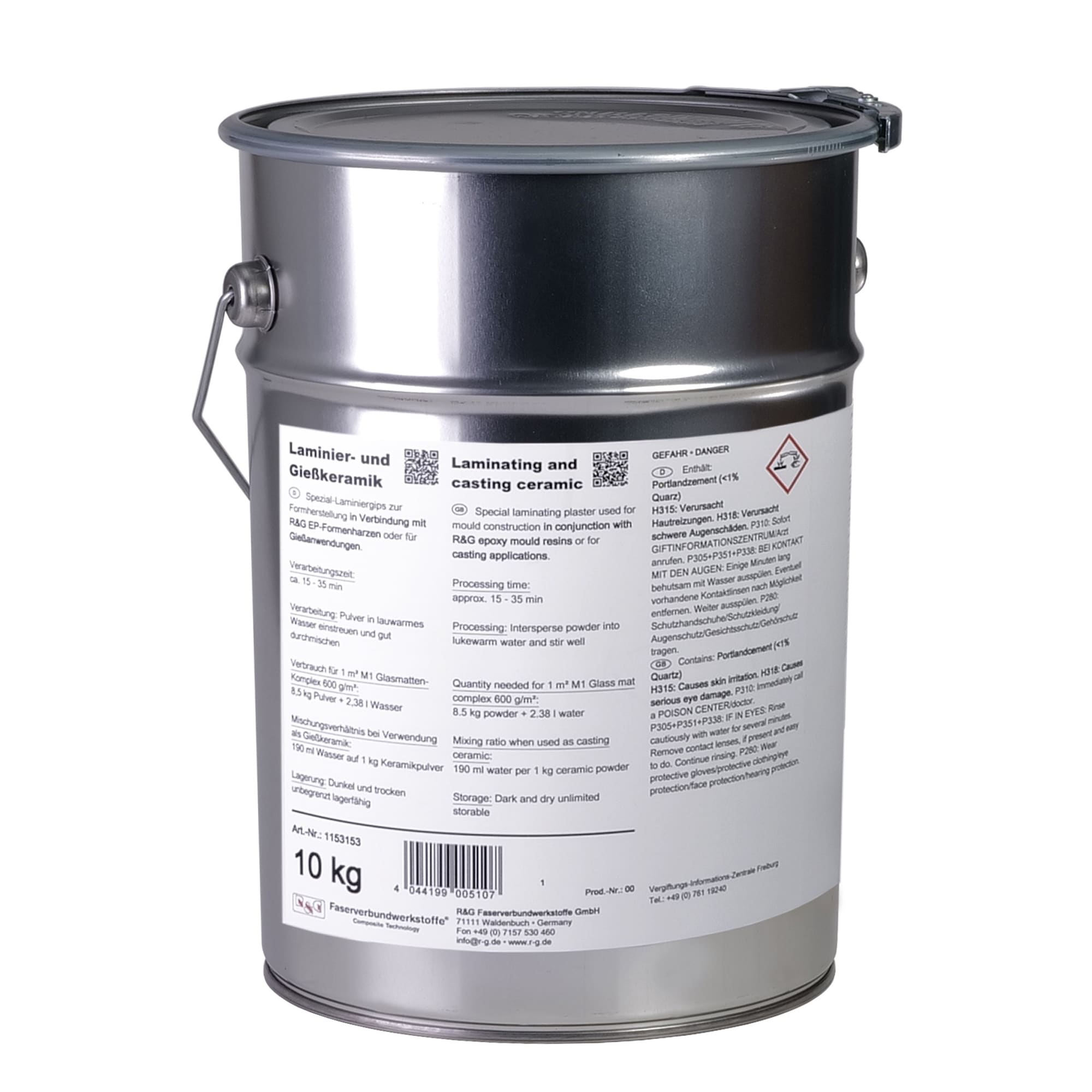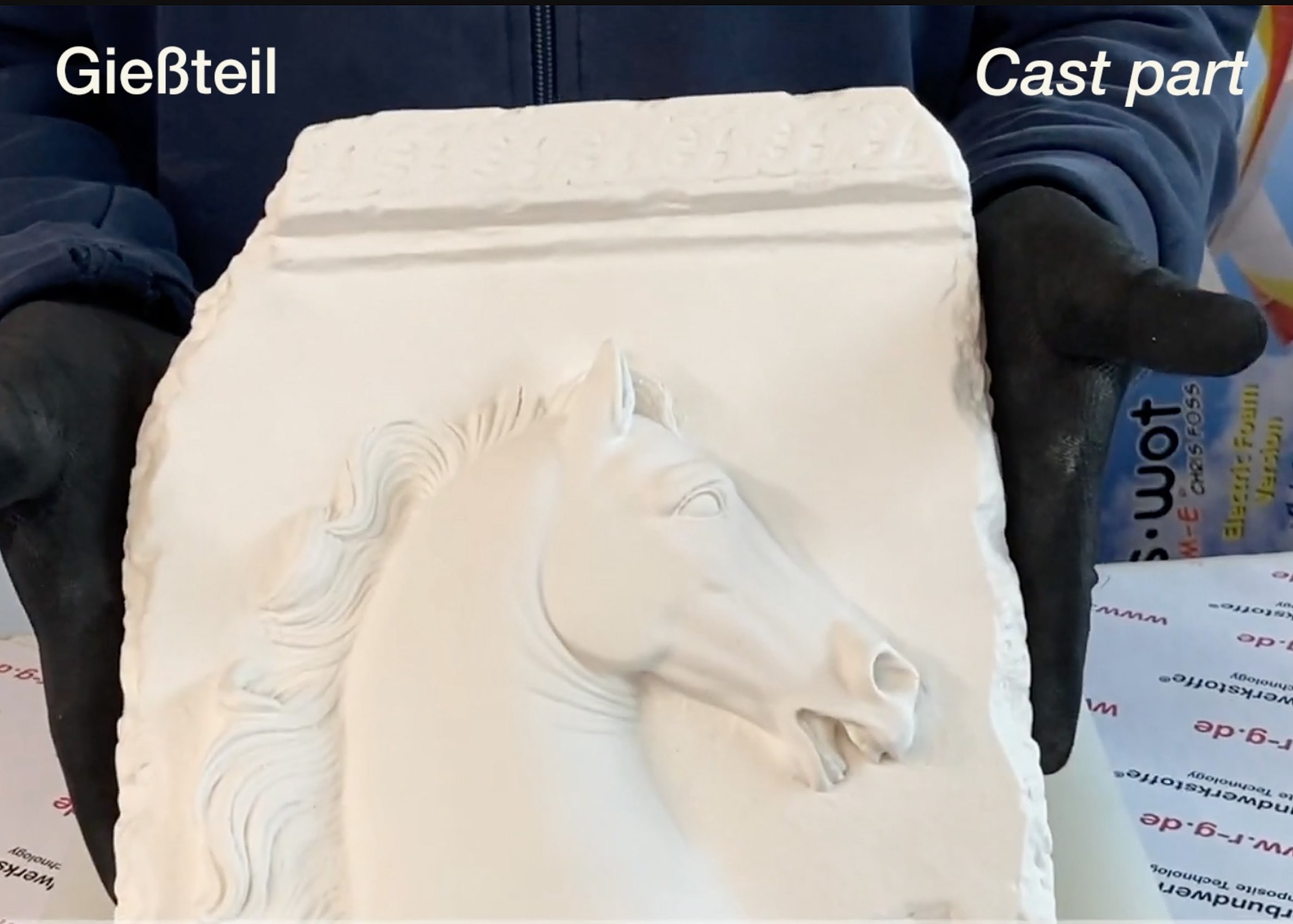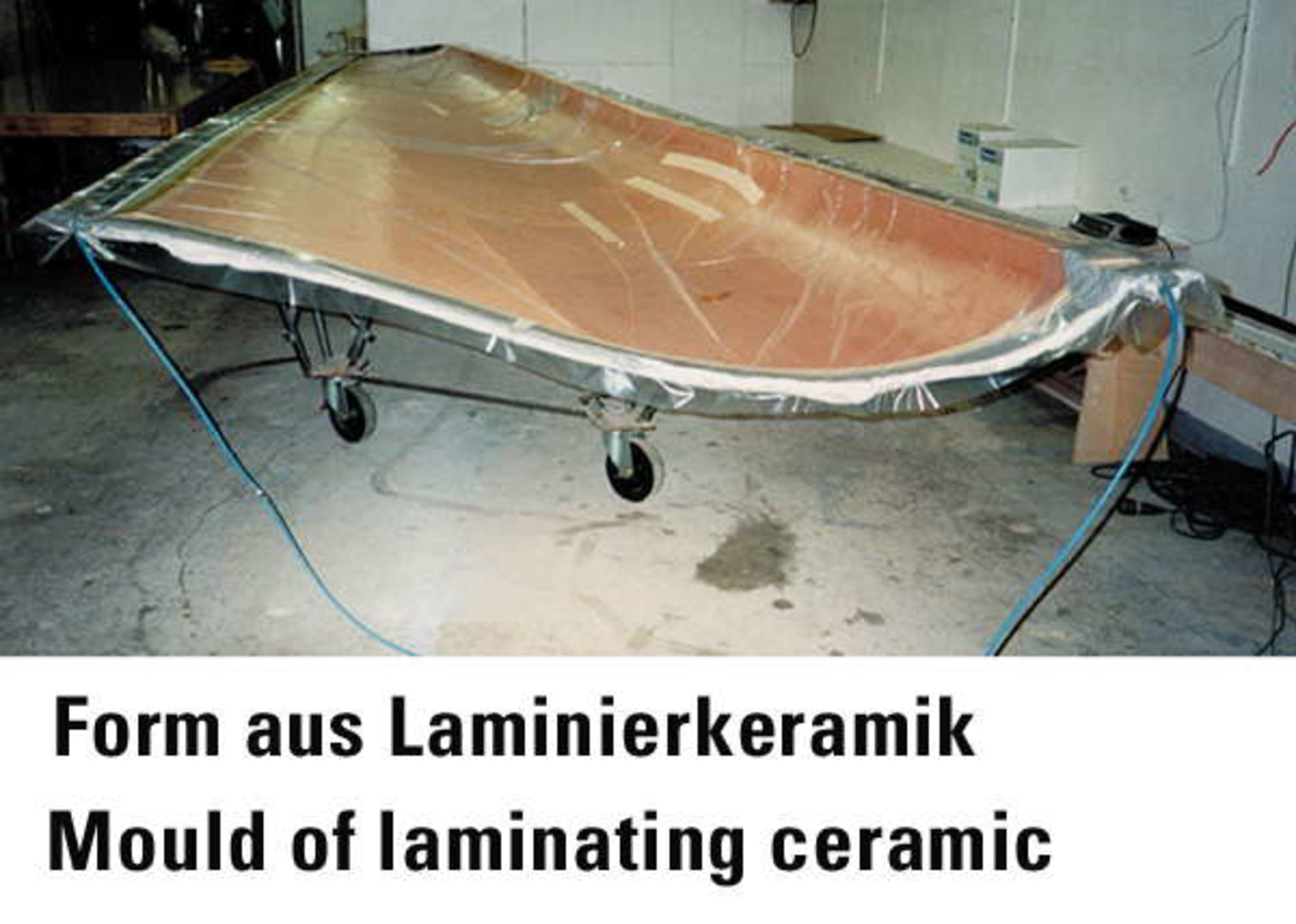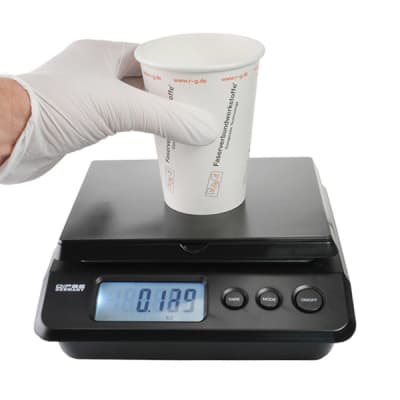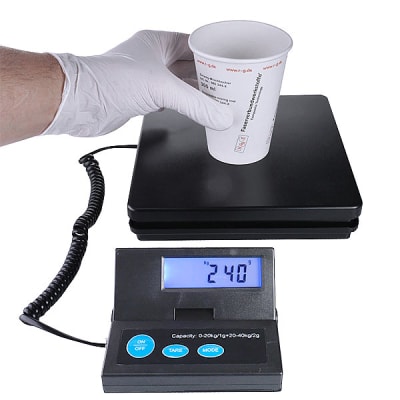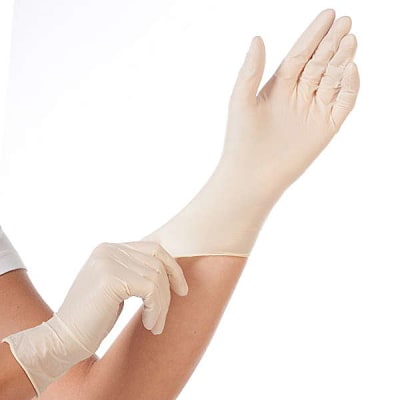Laminating and casting ceramic LUDUR XL
Assortment adjustment. This discontinued item is qualitatively perfect goods without defects. Sale while stocks last.
Calcium sulfate hemihydrate for casting and laminating, hardens by addition of water.
Specific advantages:
- High dimensional accuracy
- High bending tensile strength in conjunction with M1 Glass mat complex 660 g/m²
- Ease of processing
- Fast curing without the addition of accelerators
- The porcelain-like appearance of cured parts
- No drying or firing is necessary
- High reproduction accuracy
- Surface design is possible with all common paints and lacquers
- Physiologically safe
Resistant: Up to 150 ° C (operating temperature depends on the used epoxy system)
Fully loadable: After 3–4 hours
Colour: Ivory
Hardness Shore D: > 90
Processing as Laminating ceramic:
In conjunction with M1 Glass mat complex 660 g/m² as reinforcement and R&G mould resin as tooling coat.
Suitable for all mould sizes (conventional sizes range from postcard formats to 15 m²)
Mixing ratio:
1 kg powder to 280 ml of water = approx. 0.6 liter moulding compound for laminating
(the consumption for 1 m² M1 Glass mat complex 660 g/m² is 8.5 kg powder + 2.38 liter water )
Processing time: 15 - 35 minutes
Solidification point: 50 minutes
Processing as Casting ceramic:
Mixing ratio:
1 kg powder : 190 ml of water = approx. 0.56 liter casting compound (minimal water content for casting, slightly more stable, consistency also for brushing on)
or
1 kg powder : 220 ml water = approx. 0.59 liters casting compound (recommended water proportion for casting, deaerates well)
Processing time: approx. 35 - 45 minutes (Attention: colder water extends this time, warm water accelerates)
End of solidification: approx. 50 - 60 minutes
Caution:
If metals are introduced to reinforce the mould, reactions with the laminating and casting ceramics may occur. If possible, do not use aluminium for this.
The casting compound deaerates quite well and results in hard moulded parts that can be easily processed, e.g. by grinding, sawing, and milling. Painting with commercial colours, almost everything is suitable here.
Laminating and cast ceramic shows a surface condition and hardness similar to marble.
Also suitable for casting of figurines and reliefs.
Please note:
Laminating ceramic is a plaster-based moulding compound, which exhibits no permanent resistance to water. If outdoor exposure is inevitable, it should be coated with an appropriate paint system such as PU paints beforehand.
